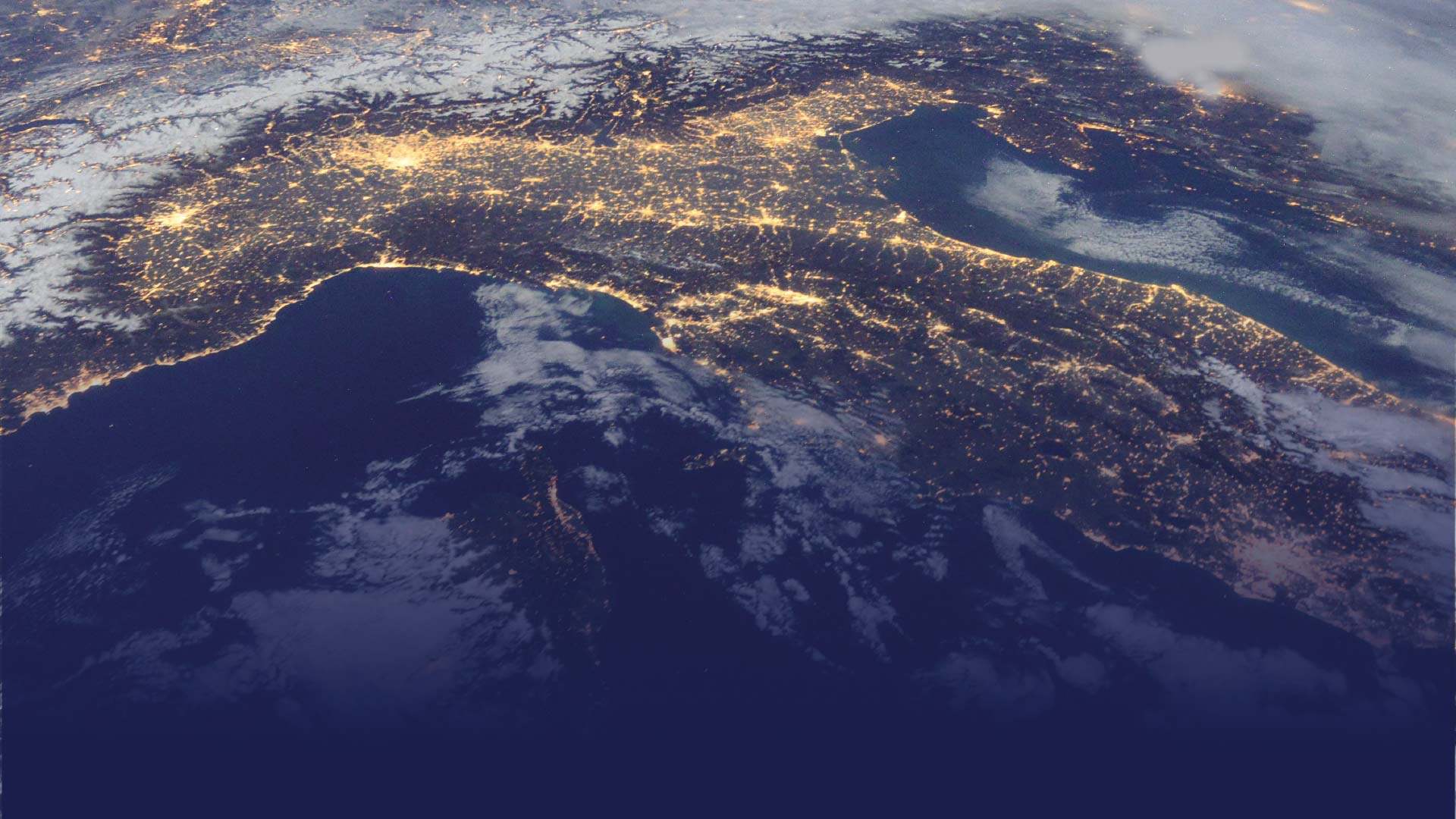Long-term exposure to the microgravity environment results in reduced bone and muscle mass, which is a limiting step in the duration of space missions. The monitoring of the biochemical aspects of this reduction depends, at present, on the collection of blood and/or urine samples. The definition of other simple tools for monitoring the bone/muscle status could be of help in detection, treatment and control of the microgravity-induced reduction in bone/muscle mass. Check-Saliva research focuses on the use of saliva and urine as a non-invasive tool to monitor some of the metabolic changes secondary to the microgravity-induced reduction in bone/muscle mass. Saliva and urine are biological fluids, which can be easily and repeatedly collected without risks. Past and recent data from different laboratories consistently indicate that the chemical composition of saliva and urine reflects, in many aspects, the chemical composition of blood. This is true also for some markers of bone or muscle conditions. In fact, saliva, urine, and blood tend to have similar levels of bone mineral components (calcium and phosphate), of bone-related vitamins (vitamin D), and of end-products of muscle protein (urea), etc. Therefore tests using Check-Saliva can validate whether saliva and/or urine can be used as simple, non- invasive tools to monitor crewmembers' bone and muscle status during a space mission.
‣ Latest News
TUESDAY 15 JULY 2025
The 2025 Giuseppe and Vanna Cocconi Prize to the Fermi-LAT collaboration ‣
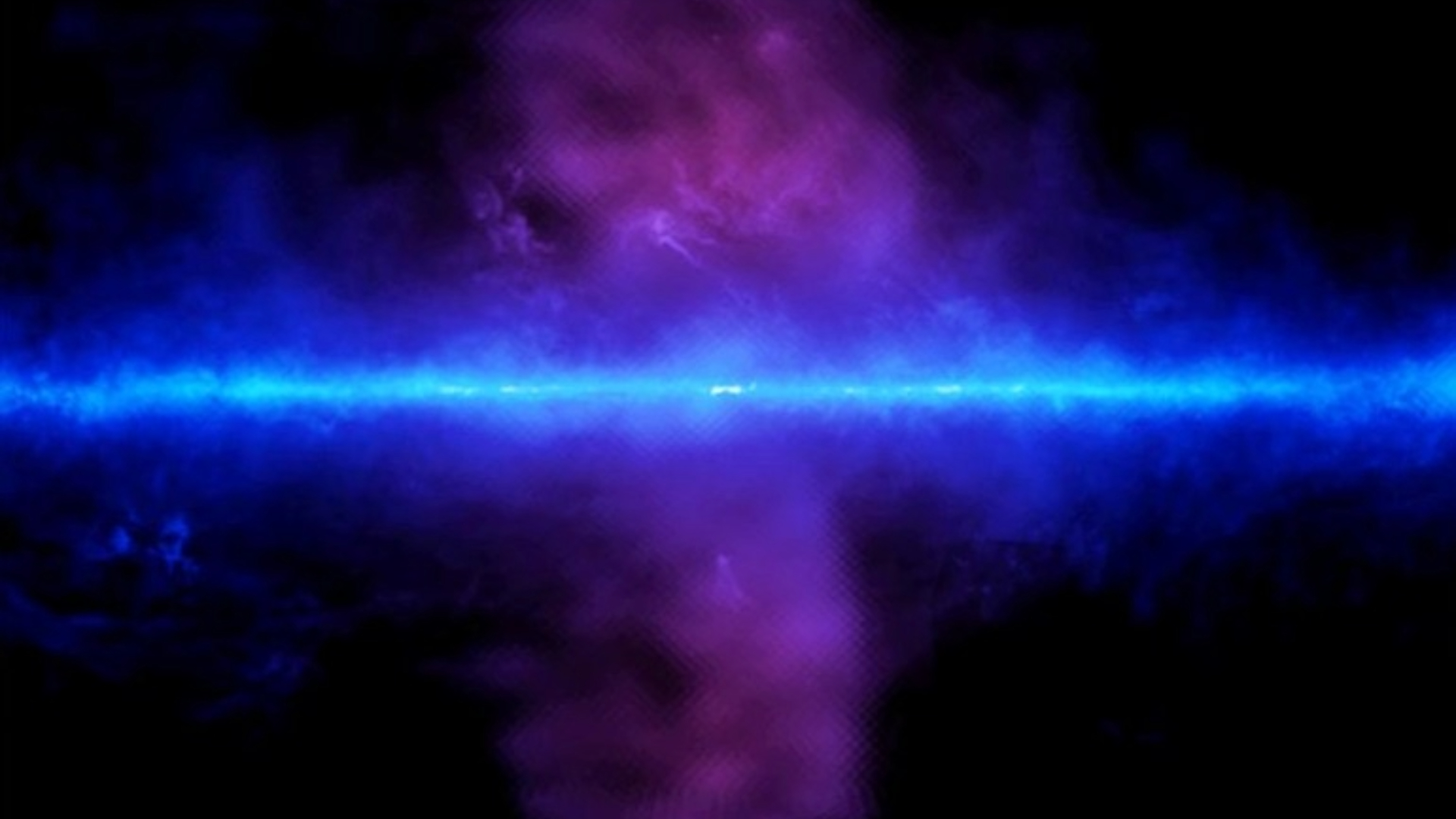
The award was formally presented at the EPS Conference on High Energy Physics MORE...
TUESDAY 12 NOVEMBER 2024
Listening to cochlear sounds to estimate intracranial pressure changes on the ISS ‣
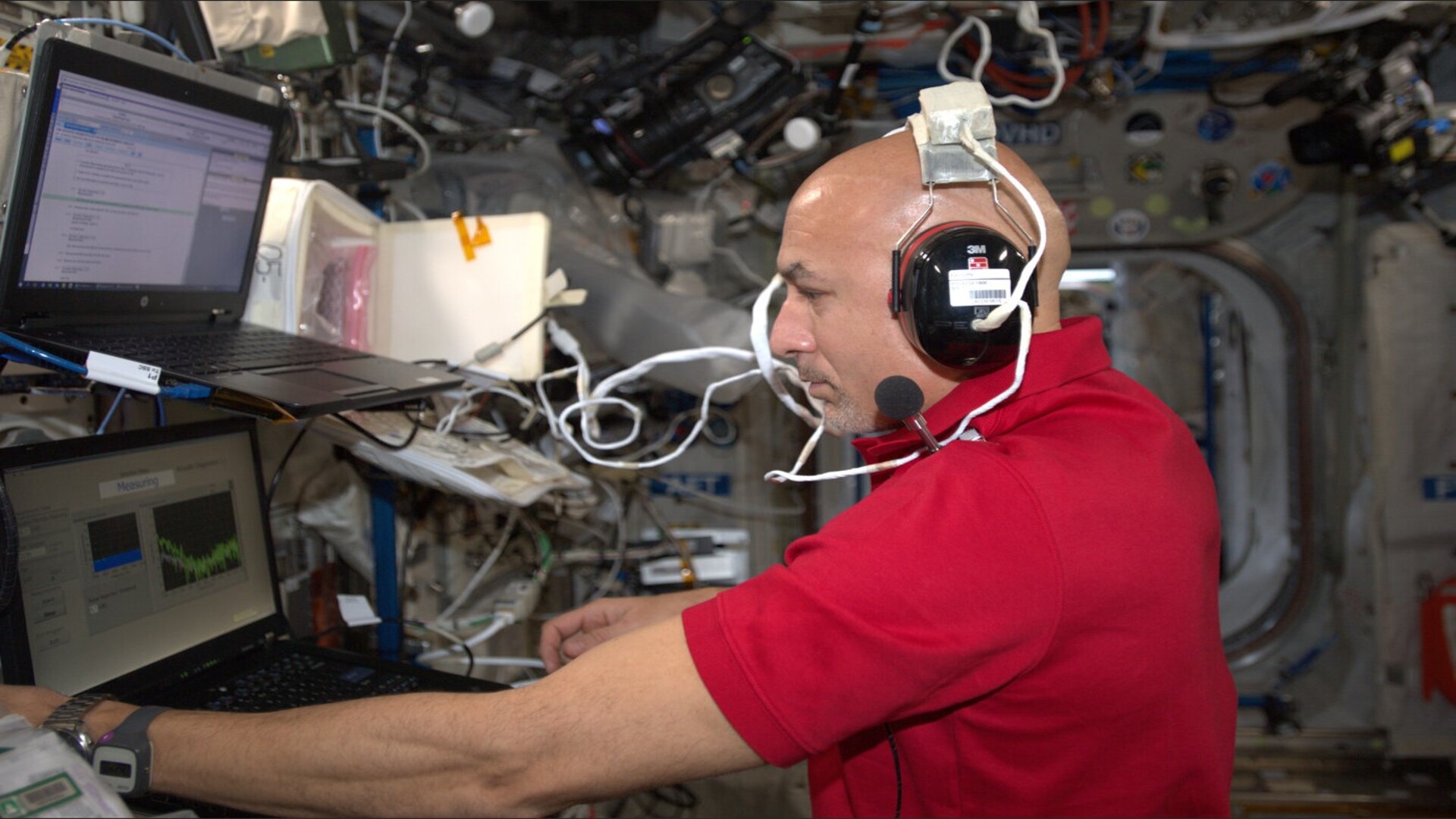
New results from the ASI experiment Acoustic Diagnostics MORE...
WEDNESDAY 14 SEPTEMBER 2022
SAMANTHA CRISTOFORETTI WILL BE THE COMMANDER OF THE ISS ‣
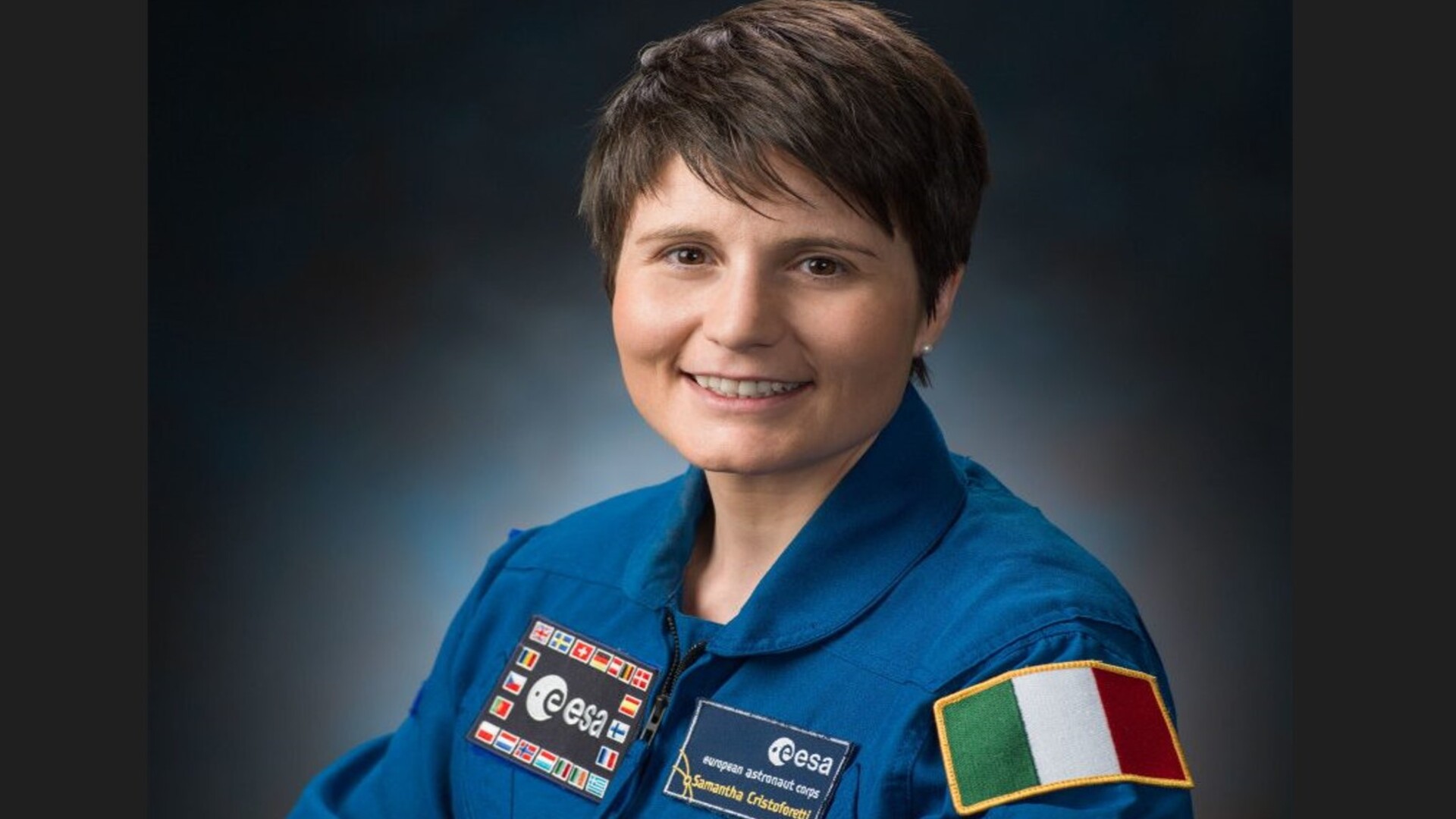
AstroSamantha will become the first European astronaut in command of the International Space Station MORE...
WEDNESDAY 25 OCTOBER 2023
ASI and CNR-INO launch a Joint-Lab on Space Oriented Quantum Technologies ‣
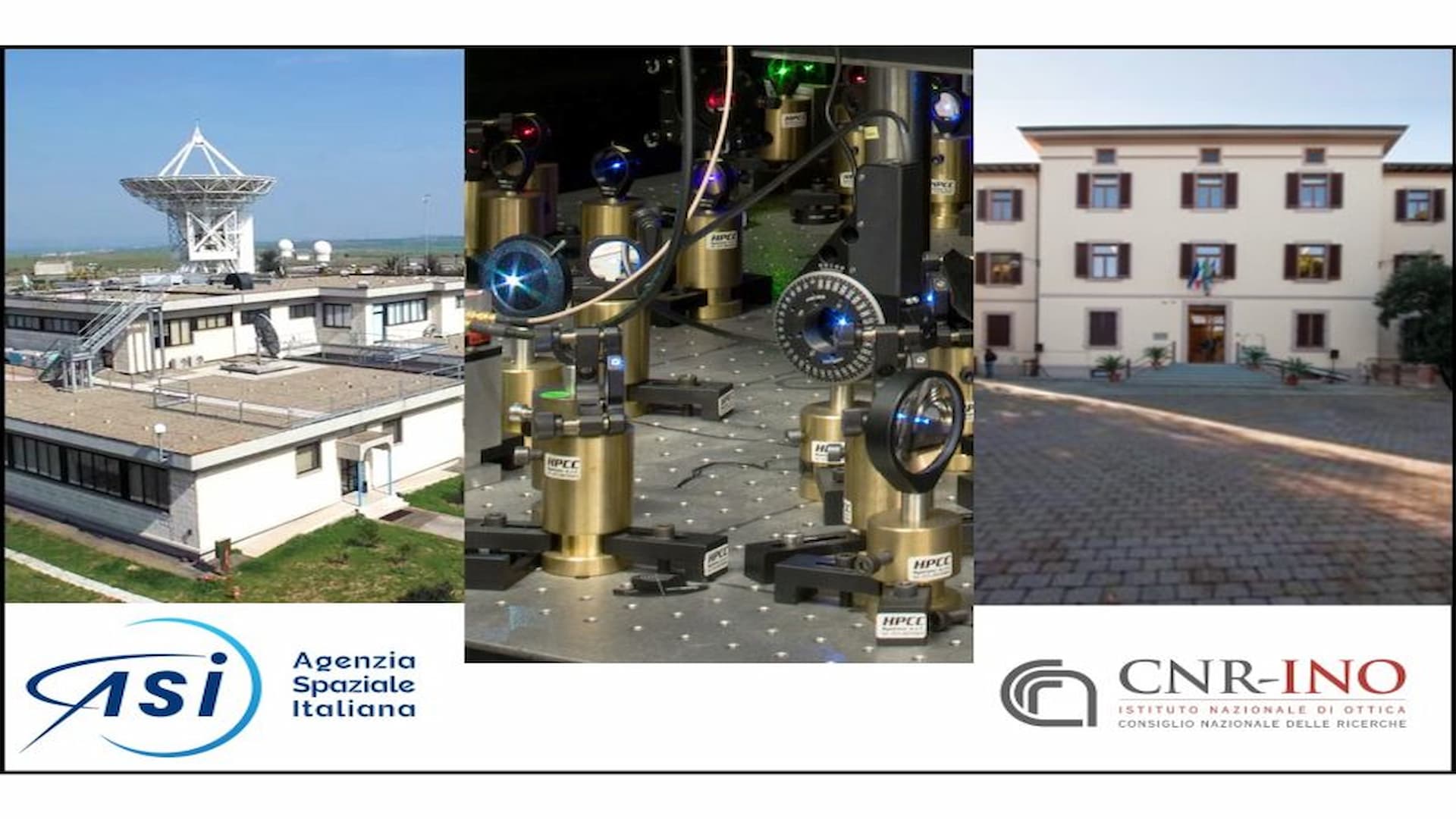
The project has a duration of 3 years MORE...
THURSDAY 21 JULY 2022
ASTROSAMANTHA, THE FIRST EUROPEAN SPACEWALKER ‣
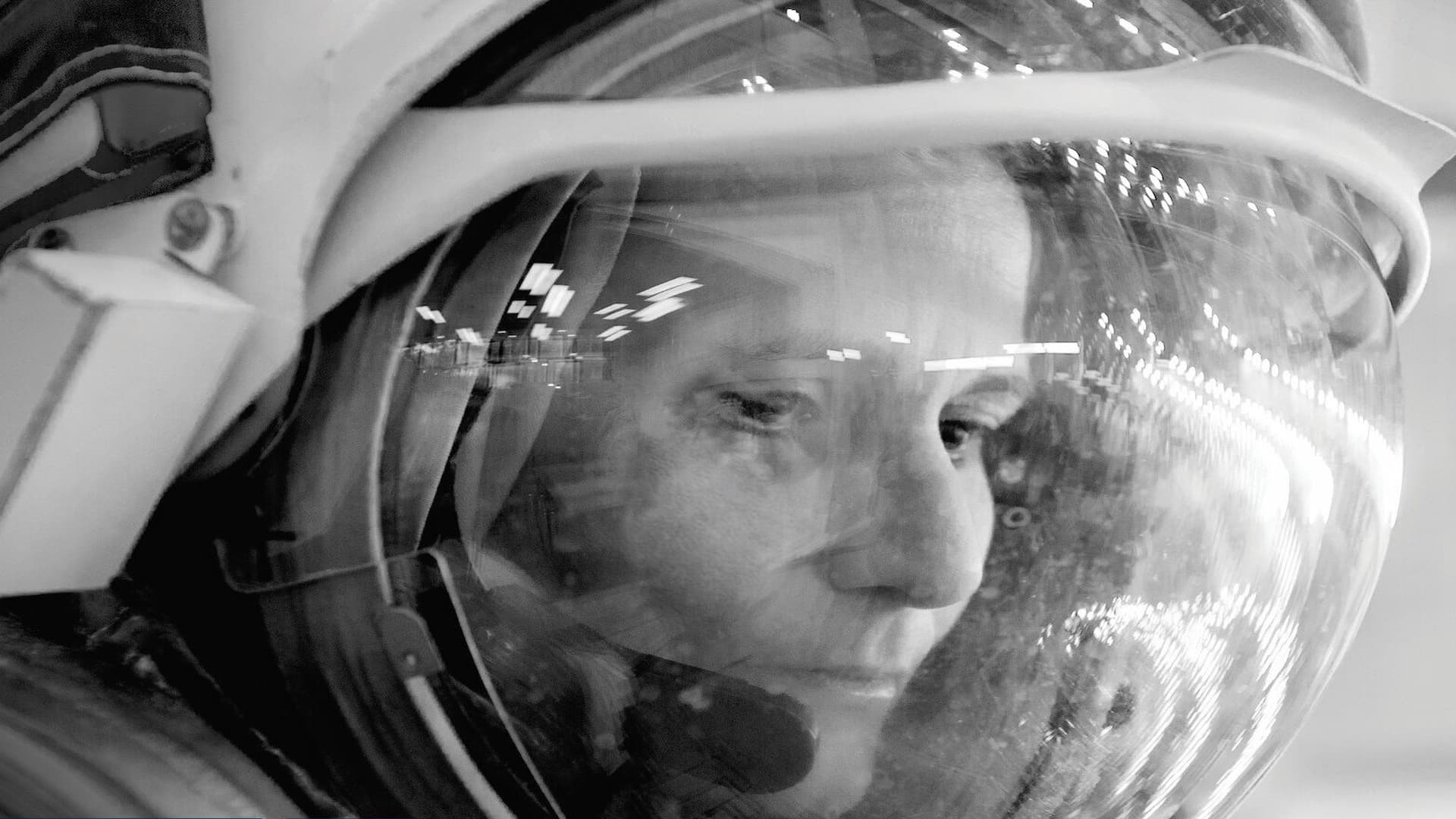
First extravehicular activity for Samantha Cristoforetti MORE...

